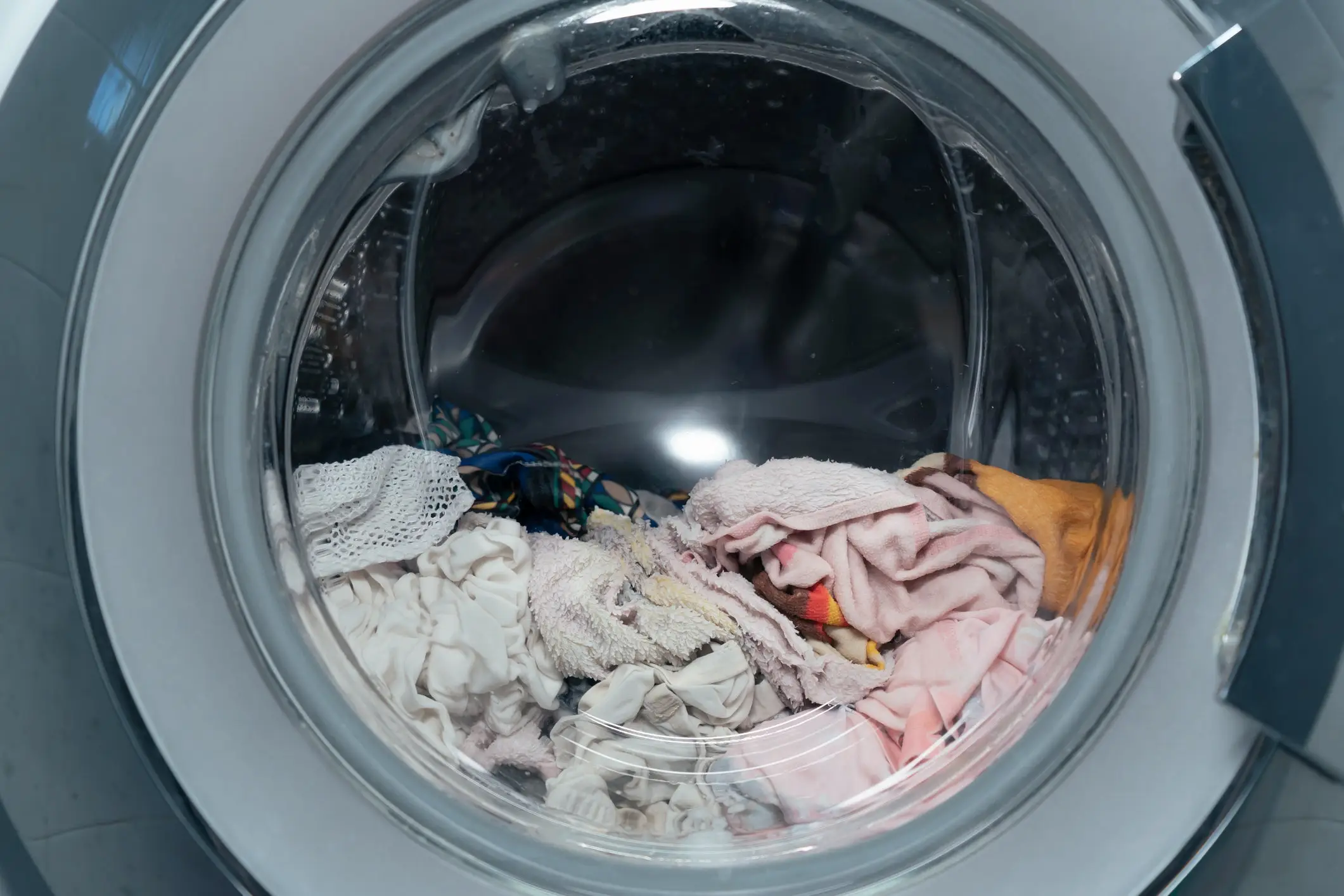A washing machine refusing to spin can throw an entire routine off balance. From sopping wet clothes to interrupted laundry days, a non-spinning washing machine can cause unwanted inconvenience.
If you’re someone dealing with this headache, you’re definitely not alone. Many homeowners in Dallas face this problem very frequently. The first step towards resolving this problem is to understand why it happens in the first place.
Let’s explore in this article the most common reasons why washing machines stop spinning and how professional Washer Repair Dallas technicians get them back in working order.
What Causes a Washer to Stop Spinning?
Before you panic and go for replacing your washer, it’s essential to know that most spinning issues are fixable. Here are some of the most common reasons why your washer isn’t spinning.
-
1. Due to an unbalanced load: 10-15 years
Overloading your washer or placing too many heavy items (like towels or blankets) can throw the machinery off balance. When this happens, your washer may shut down its spin cycle as a part of a safety measure.
-
2. A faulty lid switch
Most washers come with a lid switch, a safety mechanism that prevents the washer from spinning while the lid is open. Usually, when this switch is damaged or not aligned properly, the machine won’t spin even if the lid looks like it’s closed.
-
3. Worn-out drive belt
There’s a drive belt that connects the washer’s motor to the drum. Over time, the belt can wear out, get loose, or snap, which can prevent the drum from spinning.
-
4. Clogged drainage system
The spin cycle can get disrupted if the water isn’t drained properly from the washer. This could be due to a clogged pump which is fixable.
-
5. Motor Issue
Lastly, there can be a possibility of a failing motor or broken transmission that can stop the water in its tracks. Since it can cause a serious problem in the long run, it is essential to get professional attention.
How Dallas Technicians Diagnose the Problem?
When you call a licensed washer repair Dallas expert, they tend to incorporate a systematic approach to identify the issue first before going for the diagnosis. Here’s a picture of how it may look like:
-
1. Starting with Visual Inspection
Technicians start with visual inspection by checking if there’s any visible damage to the machinery like a broken belt, any disconnected hoses, or any worn-out parts.
-
2. Testing the Lid Switch
The technician may also test the lid switch using a multimeter to ensure that it is functioning correctly. In case of any technical faults, replacing it might solve the issue altogether.
-
3. Assessing the Drum
There’s a drive belt that connects the washer’s motor to the drum. Over time, the belt can wear out, get loose, or snap, which can prevent the drum from spinning.
-
4. Examining the Drainage System
In case there’s any drainage issue, the technician will inspect the pump and hoses for any possible blockage or mechanical flaws.
-
5. Evaluating the Motor
In case the issue seems more complex, the technician will test out the motor and transmission to ensure that crucial components of the washer are functioning properly.
How Washer Repair Experts in Dallas Fix a Non-Spinning Washer
Once the problem is identified, here’s how the professionals help in resolving the issue.
-
1. Redistributing the load
If an unbalanced load is an issue, the technicians can help you with evenly distributing the items and maybe advise you on how to load washers properly for future use.
-
2. Replacing the lid switch
If a damaged lid switch is the cause, it is replaced with a new one to restore the washer’s ability to spin.
-
3. Fixing the drive belt
If the drive belt is worn out, based on the assessment a technician will either adjust it or replace it entirely, ensuring the motor and the drum are properly connected.
-
4. Clearing the drainage system
If it’s the drain, the technician will professionally unclog the drain pump and replace any faulty components that might be stopping your washer from running efficiently.
-
5. Repairing the transmission and motor
Depending on the severity of the damage, the technician might repair or replace the parts of the motor as required.
Tips for Maintaining Your Washing Machine
In order to avoid issues like the troubled spinning of the drum, it is crucial to keep up with the maintenance of the washing machine. One essential practice you can follow is regularly cleaning the machine’s interior and exterior. For cleaning you can use soap residue, fabric softener, and lint that can accumulate over time and cause performance issues.
It is also important to check and clean the filter frequently. It prevents any obstruction to the water flow due to clogging and ensures there’s no strain on the motor. You can also check for leaks and damage in hoses to ensure your machine runs at peak performance.
The next thing you can do is avoid overloading the washer. Even distribution of load helps in maintaining smooth operation, along with using the right amount of detergent. And finally, make sure that you leave the door of the machine open after washes to evaporate the moisture and prevent the growth of bad odor and mold.

Conclusion
A washer that refuses to spin doesn’t have to ruin your day or routine. By understanding the common causes mentioned above, you can identify the right time to call a trusted washer repair Dallas service.
We at MrFix Appliance Repair are one such experts in Dallas, who can help you identify and fix your washer’s spinning problem and have it up and running in no time. So, if your washer is giving you trouble, call us today and let our experts bring your washer back to life along with your weekly laundry routine.
